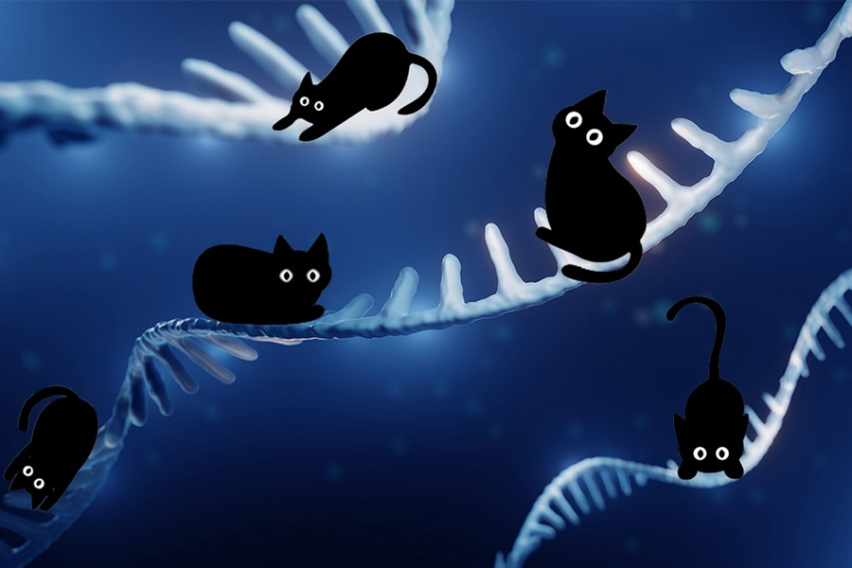MIT Spectrum
August 29, 2023
As the first person in his family to attend college, Digbijay (Jay) Mahat had the enthusiastic support of his father, who wanted his firstborn to receive the education he had not. Mahat vowed to seek the highest degree possible in what he considered the most prestigious discipline—science—to stay true to his father’s dreams as well as his own. Today, Mahat is a new father and an accomplished cancer researcher who considers humanity and public service to be every bit as important as education and science. Guided by advisors such as MIT Institute Professor Phillip Sharp, Mahat became a mentor with the belief that education can shape not only students’ professional trajectories but also the people they become. “The soft skills of working in a group, the culture of sharing resources, and compassion towards each other mold us into better citizens,” says Mahat, a 2021 recipient of the Peter Karches Mentorship Prize at the MIT Koch Institute.
